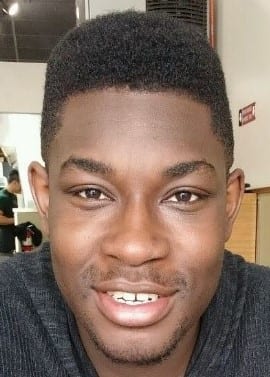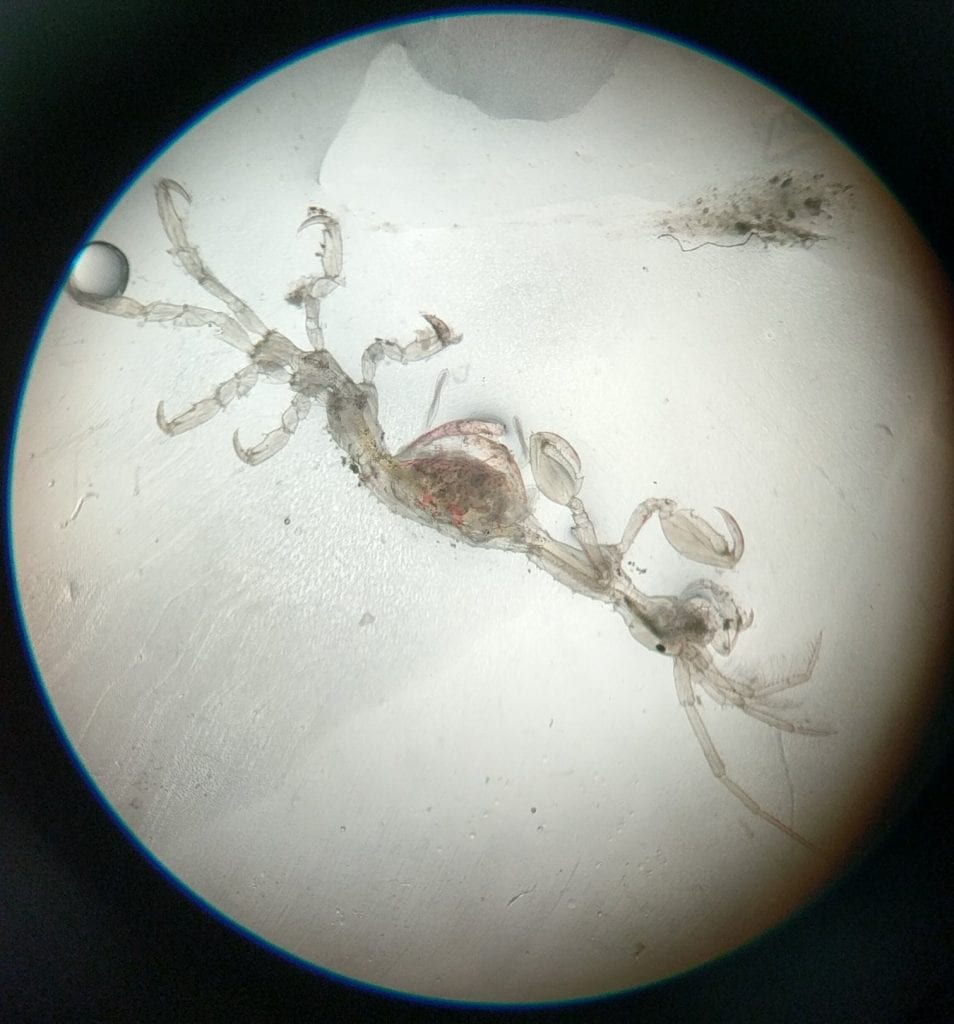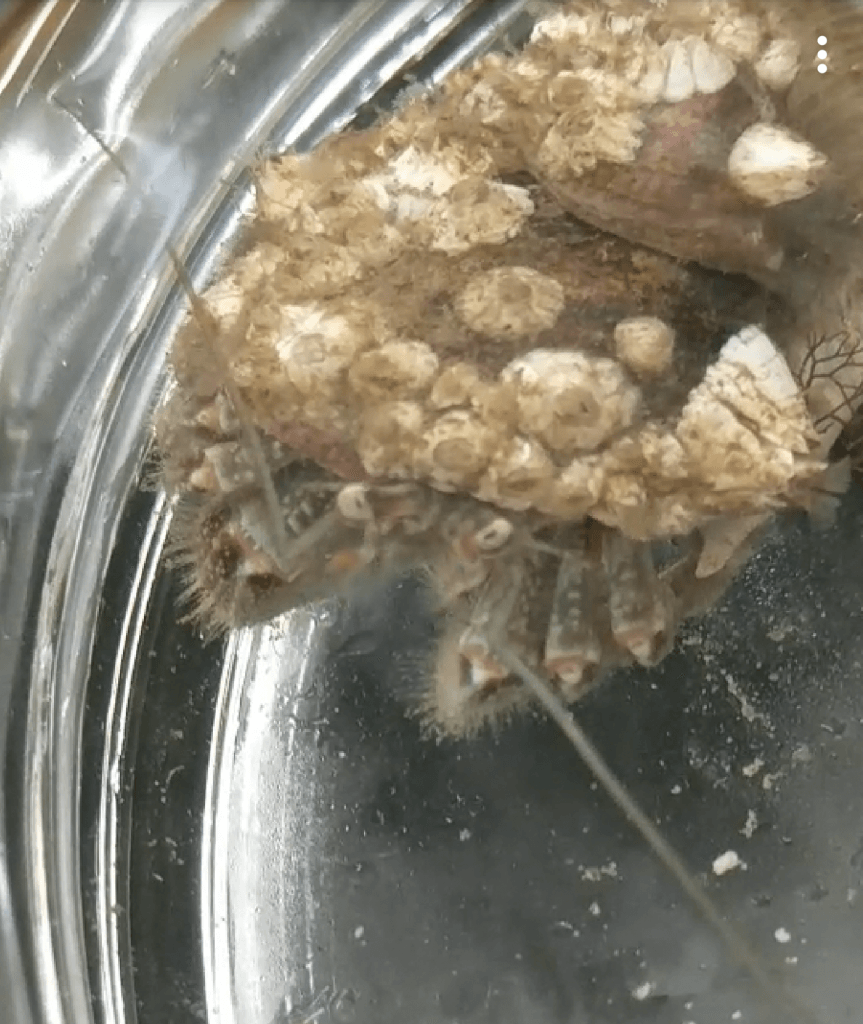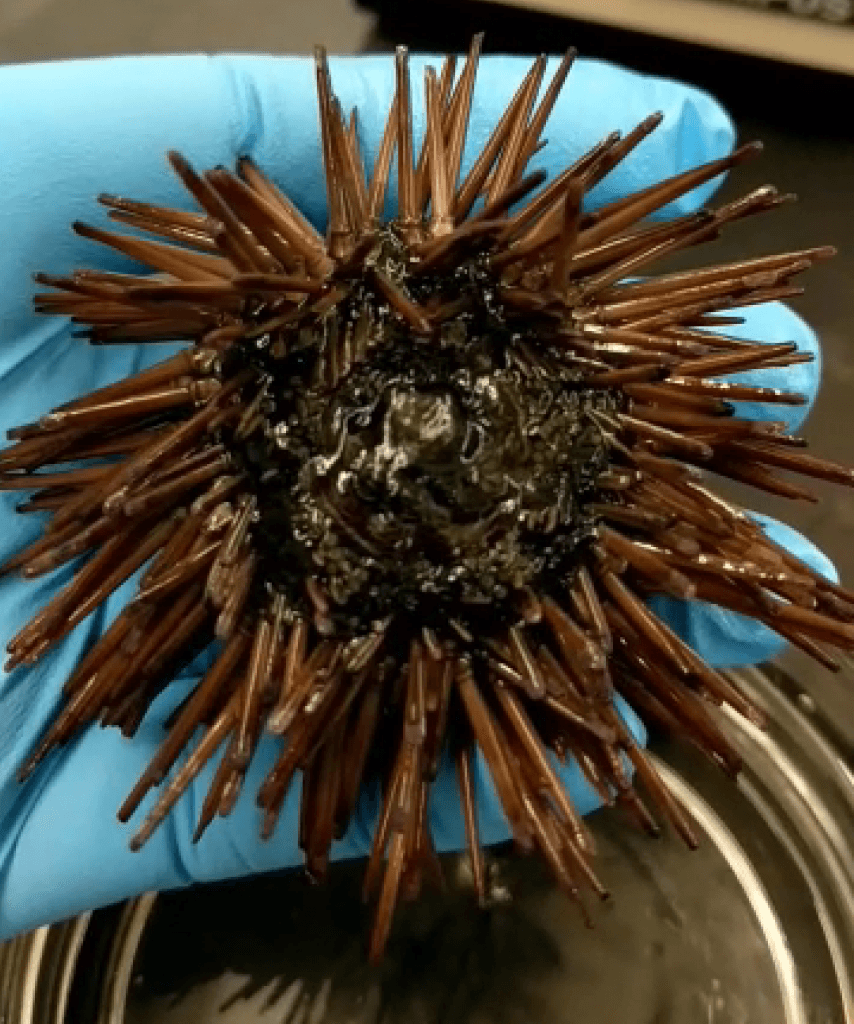This summer I had the amazing opportunity of being a part of the AQUAVET I program at Roger Williams university in Rhode Island. In those four weeks I got to see some breathtaking things ranging from porpoise necropsies to New England costal sunsets. I learned a lot about many aquatic creatures, their anatomy, ecology and clinical techniques used and I loved every moment of it. Although fish and aquatic mammals seem like they would have been the stars of the show, in my mind it was the many invertebrates we encountered that stimulated my interest the most. Like many others, I didn’t know much about invertebrates before coming to AQUAVET, nor did I think about the role they play in aquatic ecosystems.
Interestingly enough, after the administrative lectures were finished, the first thing we started with was invertebrate biology. Starting with basic ecology and Identification of Bivalvia, we quickly moved into the anatomy and physiology, which in some ways is similar to that of vertebrates but also very very different (for some cool anatomy look up “crystalline style”). These lectures were led by our co-course director, parasitologist, bivalve enthusiast, and amateur (in my opinion professional) bartender Dr. Robert Maze, who then led a lab where we were able to dissect specimens to further understand the anatomy. Learning all of this inspired me to think more about the role that invertebrates and invertebrate health play in both the ecosystem and in our daily lives through the food we consume. Often it is easy to forget that animals so different from us also get sick and this was a great reminder that as a veterinarian we are committed to improving the health and wellbeing of all animals. We continued through the first part of the week learning more about the many aquatic invertebrates from worms to cephalopods to starfish culminating in a day long lab where we were able to collect, observe, identify (and eventually release) many native aquatic invertebrates from the local beach during low tide. Although this marked the end of the invertebrates unit, we still discussed invertebrates many more times especially in lectures about food and food safety.
When one thinks seafood, obviously a nice salmon filet or a tuna steak comes to mind, but you also think about oysters, crabs, shrimp, lobster, squid, and maybe even sea urchins if you can stomach that. Many of these animals are commercially fished and farmed but rarely do we think about their health. Interspersed throughout the rest of AQUAVET we had lectures which discussed more applicable and clinical topics affecting invertebrates such as major diseases of shrimp and bivalve farms, husbandry of bivalves, food safety concerns regarding uncooked or incorrectly kept seafood. We also got to participate in labs where we learned about how to draw hemolymph on a suite of inverts as well as interpret hematology slides. One of the last encounters we had with invertebrates was on our field trip to the Long Island Aquarium where we had the opportunity to see an amazing coral reef tank and had a lecture on corals and the history of the aquarium, we even got to propagate our own corals!
When looking back at my time at AQUAVET, learning about invertebrates was probably one of the most exciting parts because there was so much new stuff to learn. I hope this article has piqued your interest in invertebrate medicine and will make you want to learn more about their biology and health.
CLICK HERE to learn more about the AQUAVET® program. CLICK HERE to see our other posts about AQUAVET®.

ABOUT THE AUTHOR:
Kwamina Otseidu, class of 2021, graduated from Michigan State University with a B.S. in Environmental Biology/Zoology. He has an interest in Aquatic Animal Medicine and Pathology.



